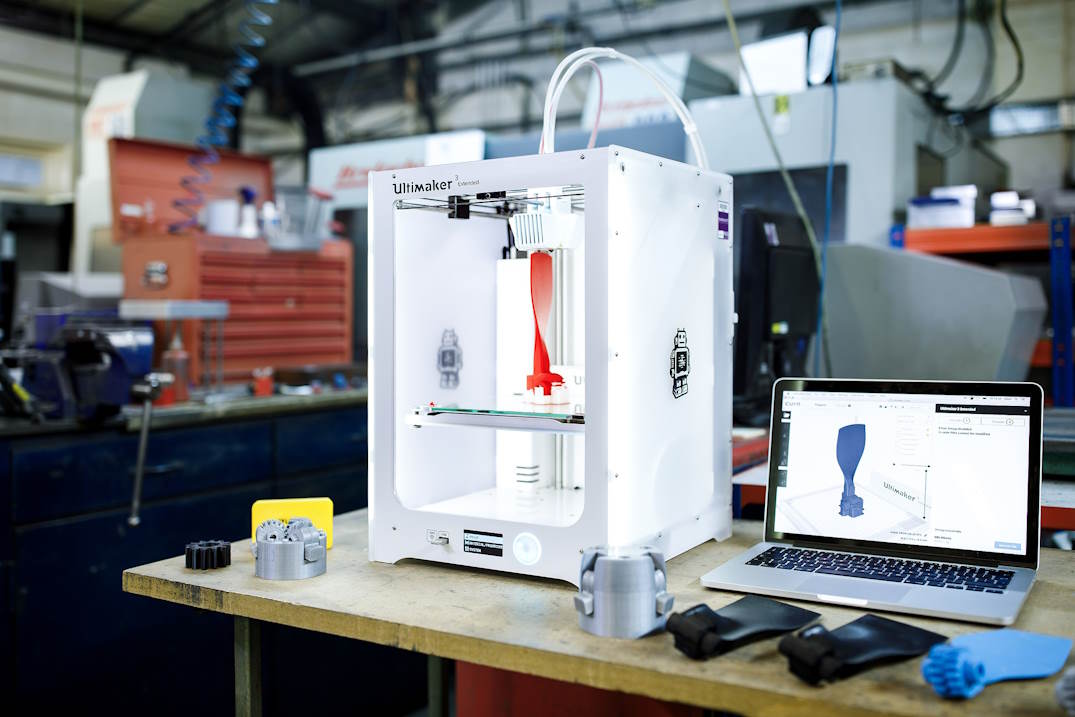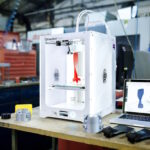3D prototyping, once a concept of science fiction, has become a cornerstone of modern manufacturing and innovation. From its humble beginnings to the sophisticated technologies of today, 3D prototyping has undergone significant evolution, impacting various industries and paving the way for future advancements.
Early Innovations
The journey of 3D prototyping began in the 1980s with the advent of stereolithography (SLA), a process developed by Charles Hull. SLA involved curing layers of photopolymer resin with ultraviolet light to create solid objects. This revolutionary technique allowed for the creation of intricate and precise models, albeit with limitations in speed and material choice.
The early days of 3D prototyping were marked by slow processes and high costs, making it accessible primarily to large corporations and research institutions.
Technological Advancements
The development of Computer-Aided Design (CAD) and Computer-Aided Manufacturing (CAM) marked a significant leap forward. CAD software enabled designers to create detailed digital models, which could then be translated into physical prototypes through CAM processes. This synergy between design and manufacturing streamlined the prototyping process, reducing errors and increasing efficiency.
The 1990s and early 2000s saw the introduction of new 3D printing technologies, such as Fused Deposition Modelling (FDM) and Selective Laser Sintering (SLS). FDM, which extrudes thermoplastic material layer by layer, became popular due to its affordability and ease of use. SLS, on the other hand, uses a laser to fuse powdered materials, offering greater strength and flexibility in the types of objects that could be created. These advancements expanded the possibilities of 3D prototyping, making it more versatile and accessible.
Modern Techniques
Today, 3D prototyping encompasses a wide range of technologies, each suited for different applications. Stereolithography (SLA) has evolved, offering faster print times and a broader array of materials. FDM remains a popular choice for hobbyists and small businesses due to its low cost and simplicity. SLS has found a niche in industries requiring durable and complex parts, such as aerospace and automotive sectors.
One of the most exciting modern developments is Multi-Jet Fusion (MJF), a process developed by HP. MJF uses a detailed agent and a fusing agent to produce high-quality parts quickly and efficiently. This technology has significantly reduced the time required for prototyping, allowing companies to iterate designs rapidly and bring products to market faster.
Impact On Various Industries
The impact of 3D prototyping on various industries cannot be overstated. In the automotive industry, it allows for rapid development and testing of new components, reducing the time and cost associated with traditional prototyping methods. Car manufacturers can now produce complex parts, such as engine components and interior fittings, in a fraction of the time.
The aerospace industry has also benefited immensely from 3D prototyping. Companies like Boeing and Airbus use 3D printing to create lightweight, high-strength components, improving fuel efficiency and performance. The ability to produce parts on-demand reduces inventory costs and simplifies supply chains.
In healthcare, 3D prototyping is revolutionising the creation of customised implants and prosthetics. Surgeons can now plan complex surgeries using 3D printed models, leading to more precise and successful outcomes. The production of bespoke implants tailored to a patient’s anatomy is improving the quality of life for countless individuals.
Future Trends
The future of 3D prototyping looks incredibly promising. One emerging trend is the development of bioprinting, where living cells are used to create tissue and organ structures. While still in its infancy, bioprinting holds the potential to revolutionise medicine by providing solutions for organ transplants and regenerative therapies.
Another exciting development is the integration of artificial intelligence (AI) in the prototyping process. AI can optimise designs for 3D printing, ensuring better material usage and structural integrity. This can lead to more efficient and sustainable manufacturing practices.
Manufacturing The Modern World
The evolution of 3D prototyping from a novel concept to a cutting-edge technology has been nothing short of remarkable. Its impact spans multiple industries, driving innovation and efficiency. As we look to the future, continued advancements in 3D printing technologies promise to further revolutionise manufacturing and open up new possibilities that were once the realm of science fiction.
3D prototyping is not just a tool; it’s a testament to human ingenuity and the relentless pursuit of progress. Whether it’s creating complex aerospace components, personalised medical implants, or the next great consumer product, 3D prototyping is shaping the future, one layer at a time.






